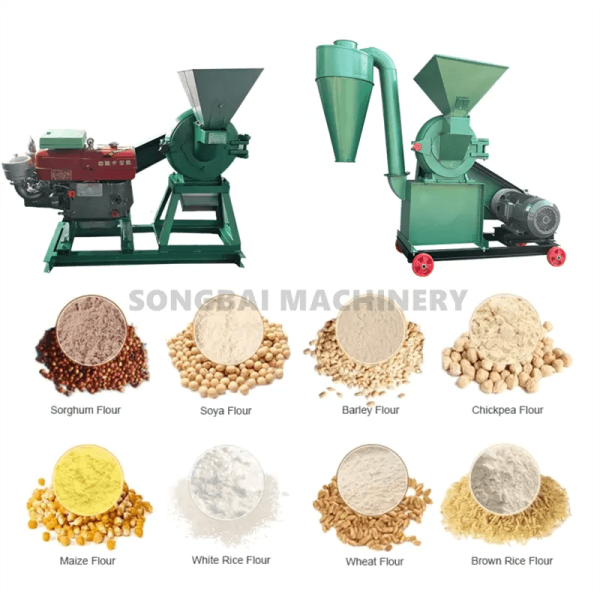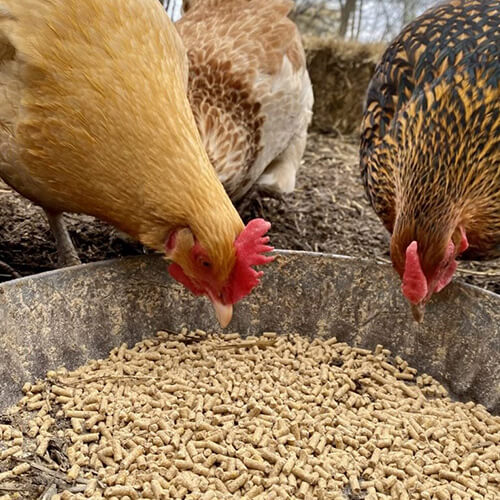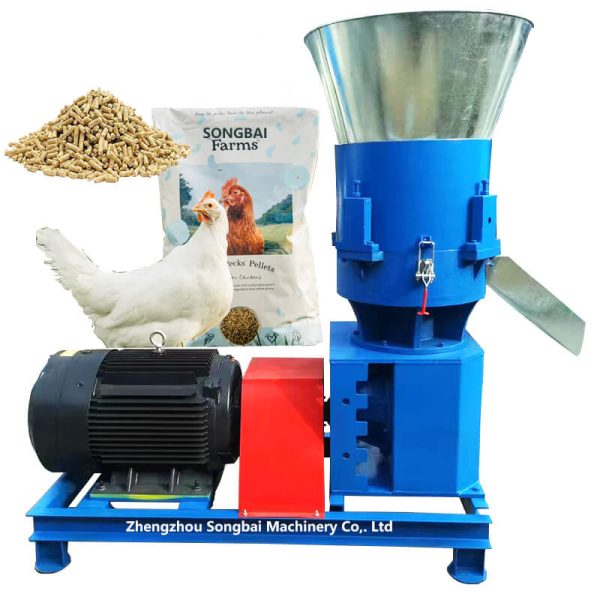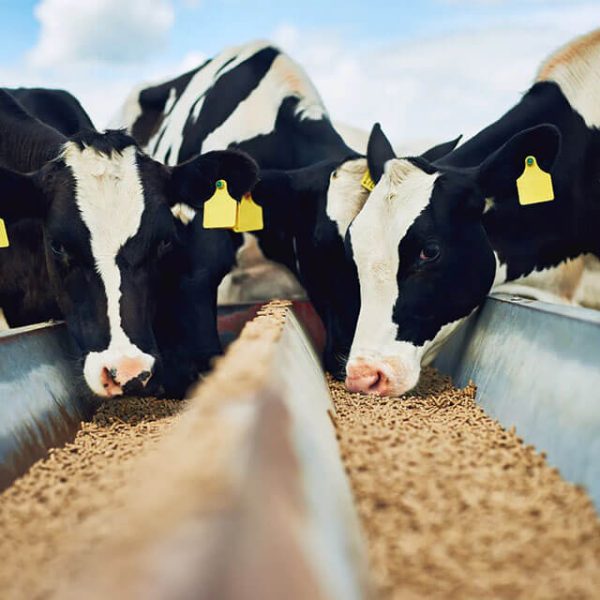Corn Mill in Zambia
Zambia’s corn sector is experiencing dramatic shifts. While 2023-24 saw a remarkable 23% surge in production to 3.3 million tonnes, projections for 2024/25 indicate a 50% collapse due to climate volatility and policy challenges. This instability creates a critical demand for advanced corn milling technology to bridge supply gaps and unlock value in Africa’s second-fastest-growing maize market.
With agriculture at the crossroads of growth and scarcity, I hope you will seize Zambia’s corn revolution.
Three important roles of corn mill in Zambia
- Addressing Supply-Demand Imbalances
Import Dependency: With domestic production fluctuations, Zambia increasingly relies on imports to meet its 7.4 million-ton annual corn demand . Modern corn mills can convert imported grain into high-margin products like fortified mealie meal, capturing margins of up to 35% in urban markets.
Price Surges: Corn prices have risen by 22.90 ZMW/year since 2016, driven by export-oriented policies and drought. Efficient mills enable processors to hedge against price volatility through rapid value addition.
- Unlocking Rural Value Chains
Remote Market Challenges: Smallholder farmers in regions like Luapula face 30% lower prices due to underdeveloped infrastructure. Portable, modular corn mills empower cooperatives to process grain locally, boosting farmer incomes by 50-70% while reducing post-harvest losses.
Financial Inclusion: Solar-powered mills with pay-as-you-go financing models are breaking barriers in Zambia’s credit-constrained rural economies.
- Meeting Urban Consumer Demand
Lusaka’s middle class demands premium fortified flour and instant nsima mixes. High-capacity mills (20-50T/day) with precision grading systems dominate this $120M urban niche market.
Export Cases
Two containers of corn mills exported to Zambia
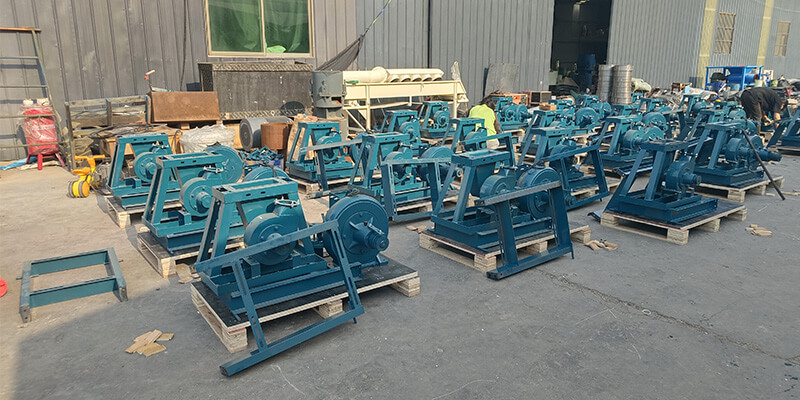 |
|
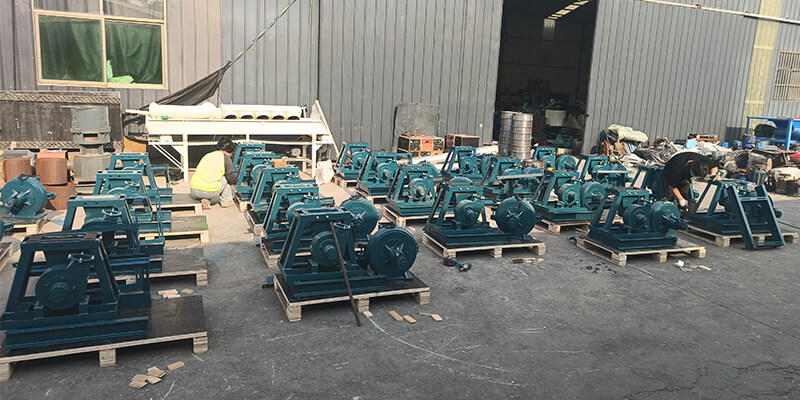 |
|
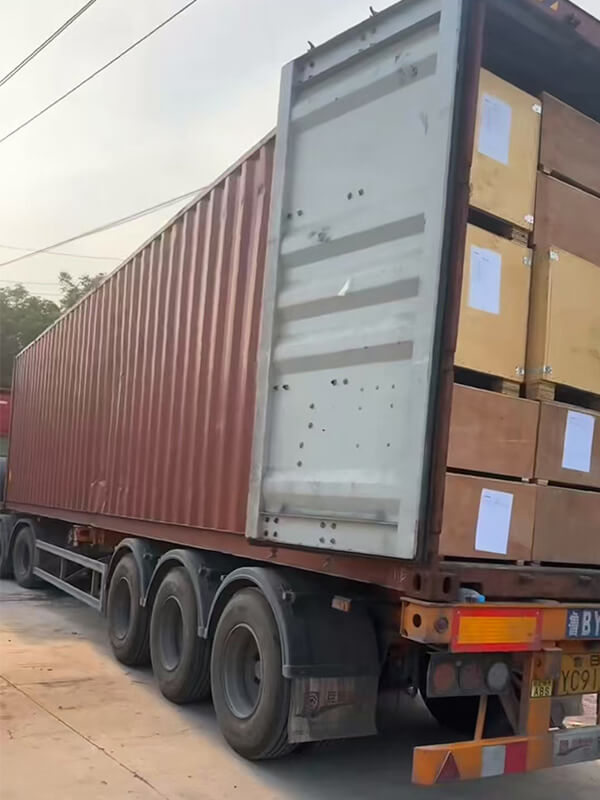 |
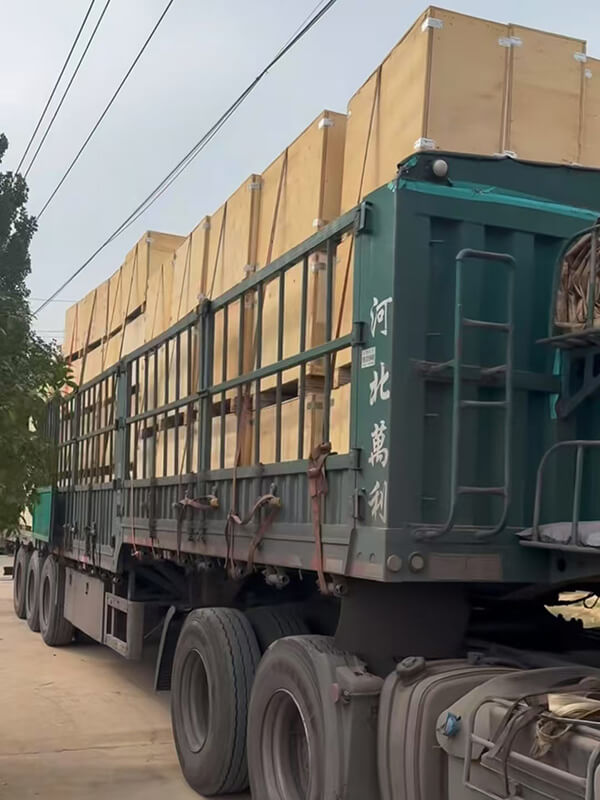 |
Diesel models are exported to South Africa
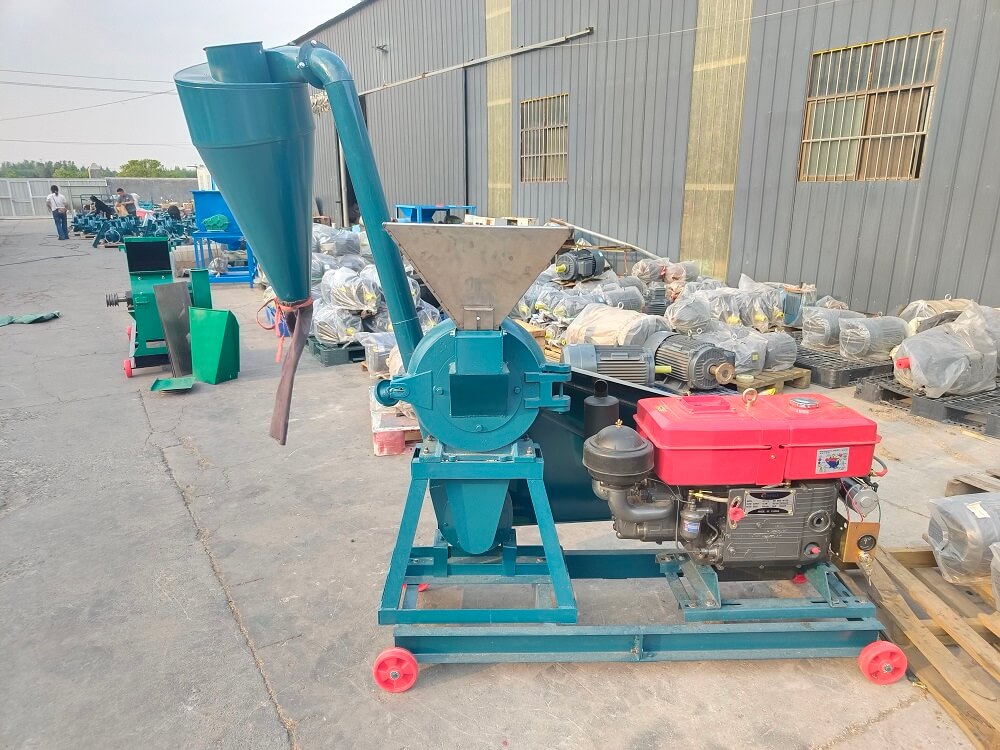
Multi-function models with large production capacity are exported to Zimbabwe
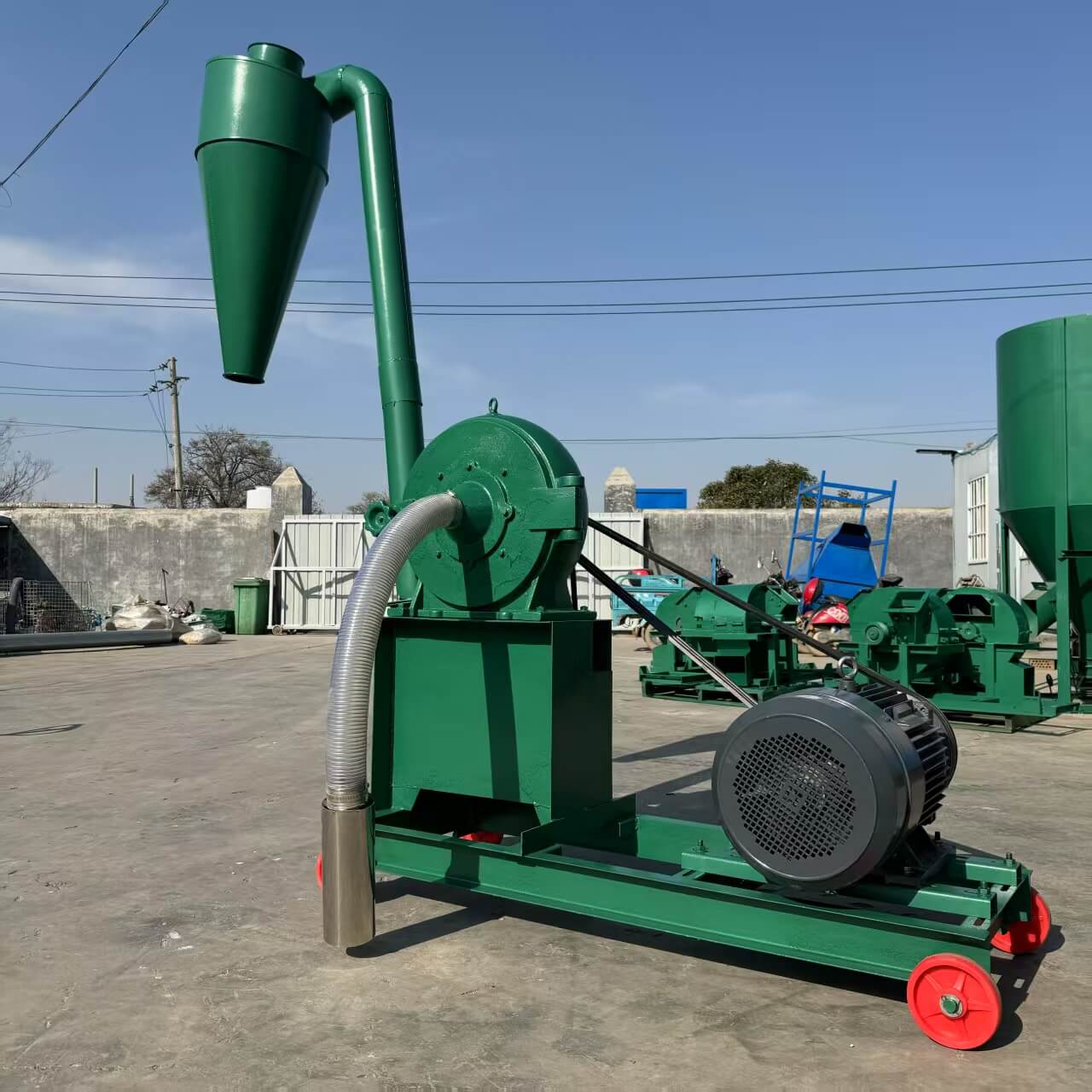 |
 |
Why Our Corn Mill in Zambia Outperform
The AgriMaster 360 Series is engineered for Zambia’s unique conditions:
Adaptive Throughput: Scales from 5T/day (village-level) to 100T/day (industrial), with hybrid diesel/solar operation.
AI-Powered Sorting: Reduces impurities by 99.7%, critical for meeting Zambia’s new food safety standards.
Profit Multiplier: A mill in Copperbelt Province achieved 18-month ROI by processing both domestic and imported corn.
Strategic Partnerships for Long-Term Growth
Collaborate with us to:
Deploy mobile milling units along the Tanzania-Zambia Corridor, tapping cross-border trade.
Integrate blockchain traceability to meet EU export certification requirements.
Leverage Zambia’s 7.5% annual GDP growth to dominate Southern Africa’s $900M milling equipment market.
Act Now
With Zambia’s corn imports projected to double by 2026, early adopters of advanced milling tech will reap first-mover advantages. Contact our team today for a customized market-entry roadmap.
Sources: USDA Production Analysis , FAS Import Report , EU Value Chain Study, Market Price Trends.

